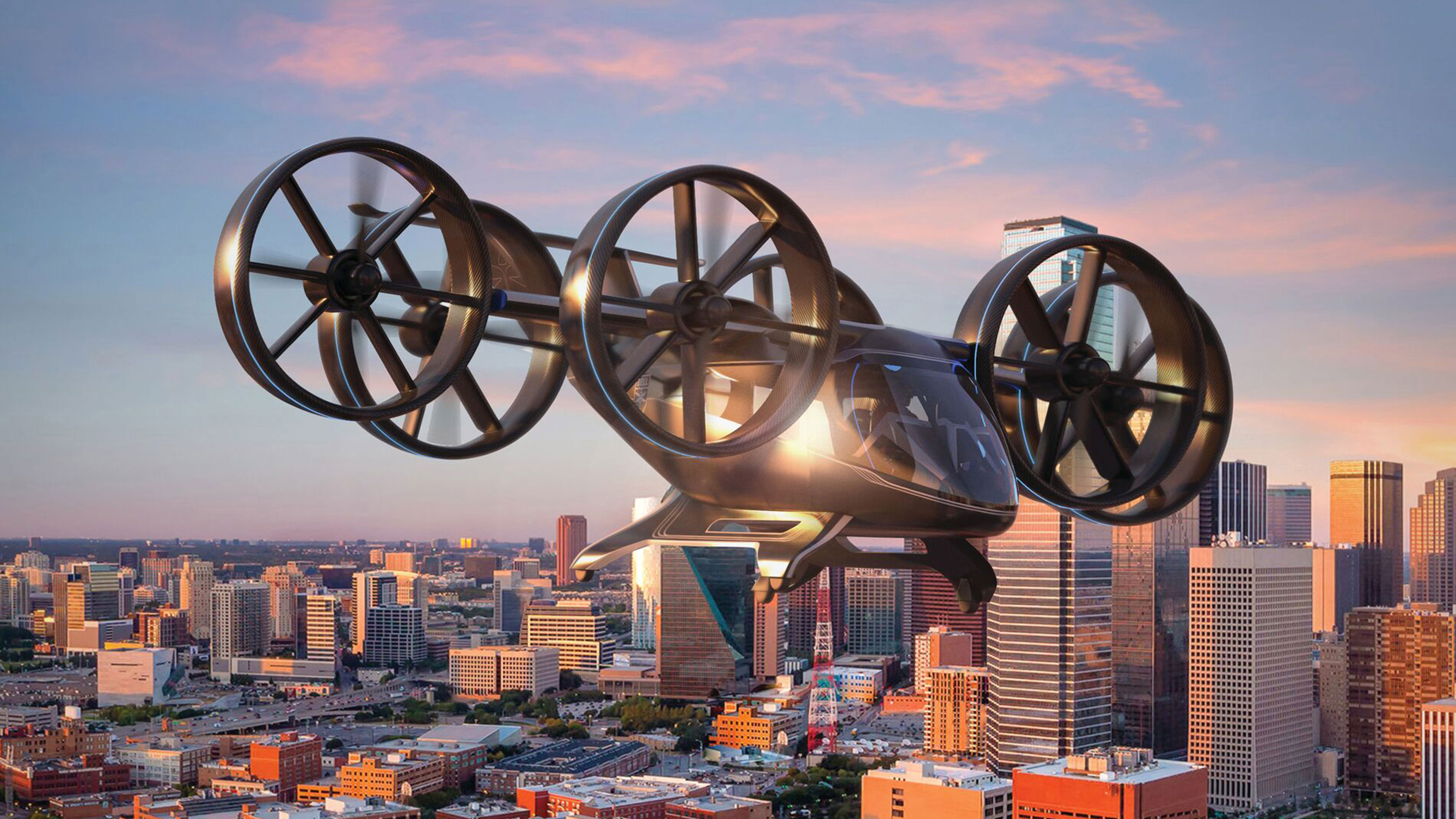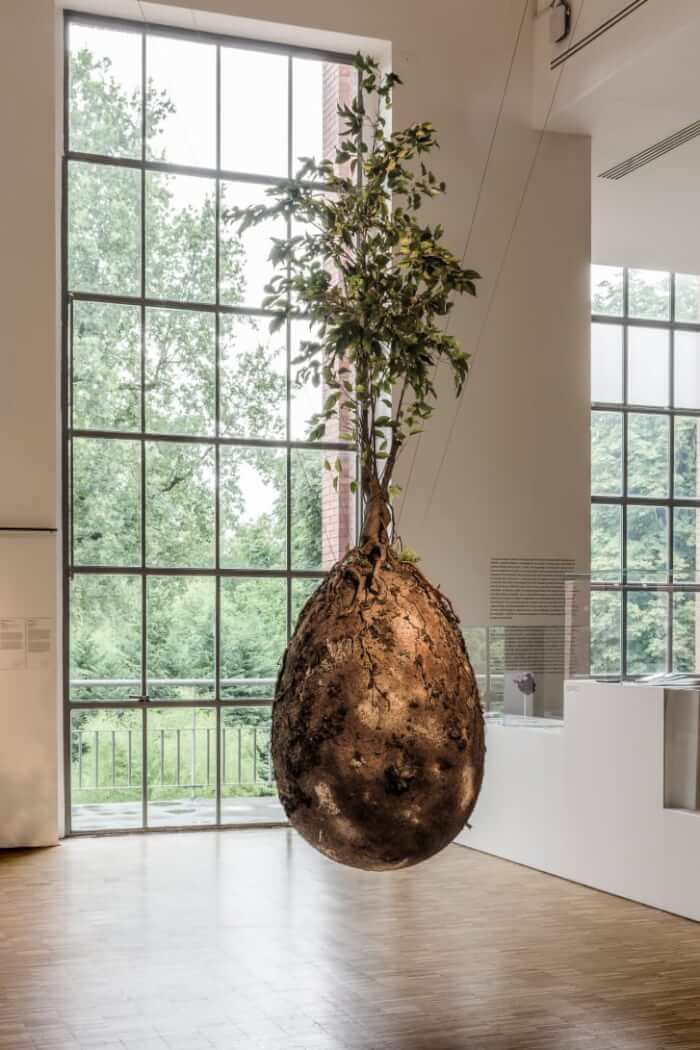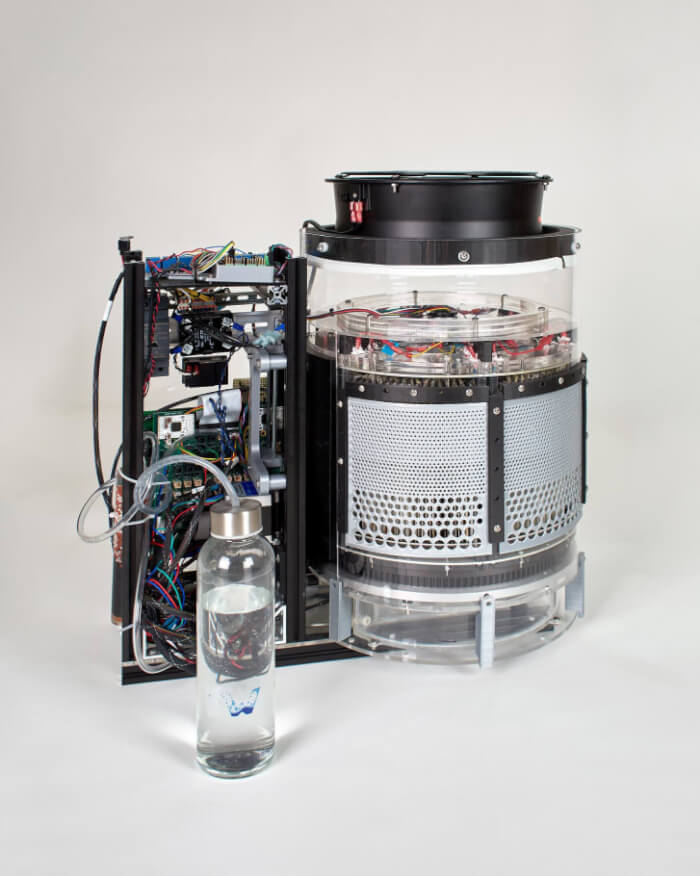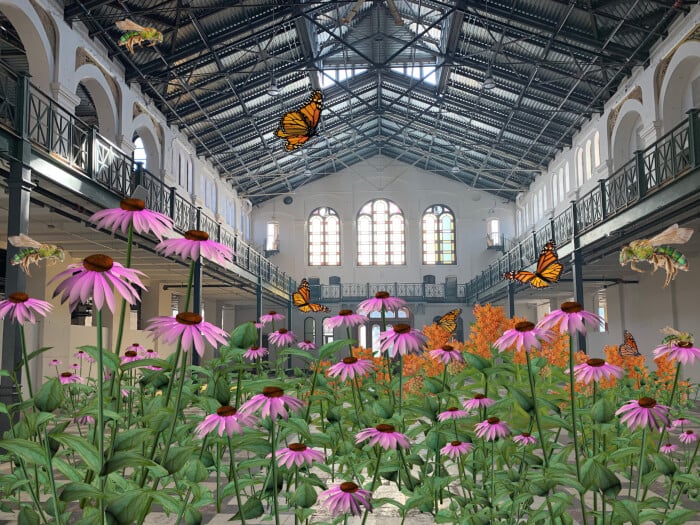8 Future World-Changing Inventions To Be Revealed
The Smithsonian Institution's exhibit in Washington, D.C. presents a grand vision of how technological blockbusters are changing the human world.
At the exhibition "Futures", a new concept was presented for the first time. The Bell Nexus Air Taxi, designed by aerospace manufacturer Bell Textron, is a self-flying hybrid vehicle designed for vertical take-off and landing.
Travelers interested in this flight will still have to wait patiently before being rewarded with an aerial taxi ride. But this futuristic vision is finally coming to fruition soon. Uber and Hyundai have teamed up and aim to create the first prototype by 2023.
The architect's Bjake Ingels Group (BIG) has become known for its eye-catching, sustainable, modern designs across Denmark. What's more, the company is currently building a new Google campus in London.
Oceanix floating city is an idea of no small scale. The ocean city with a hexagonal planning model is claimed to be fully adaptable to the needs of the city. The infrastructure is also designed to be sustainable and resistant to natural disasters.
Artist and designer Hasegawa imagined such a future through the design project "(Im)possible Baby," created while Hasegawa worked at MIT.
Hasegawa worked with a couple who both biologically wanted to become mothers and used their DNA data to create simulated images of their future baby.
Hyperloops running in vacuum tubes have long appeared in sci-fi movies. Tesla and SpaceX CEO Elon Musk and Silicon Valley investor Shervin Pishevar joined Virgin Group founder Richard Branson to promote the vehicle in 2012.
The Virgin Hyperloop Pegasus on display at the "Futures" exhibition is a super-speed pod designed to travel at speeds of up to 1000km/h. The purpose of the hyperloop train is to travel between cities in just a few minutes.
Water Harvester can produce enough water for about 2-3 adults. This is an invention that has the potential to save the lives of people who are facing drought. According to Berkeley News, Waha plans to design a machine with enough power to supply an entire village with water.
That's an important area that Google's parent company - Alphabet - is exploring through X, the factory dedicated to solving the world's macro problems through technology. X's Mineral Rover prototype was a self-driving four-wheeler with the size of a small car. The vehicle uses artificial intelligence to help farmers maximize crop yields and reduce the impact on the ecosystem.
Mineral Rover can assess the amount of water and minerals needed. Mineral Rover can even identify weeds, potential problems with crops, and assess fruit ripeness.
Thiel contributed the design to the first commercial AI supercomputer 35 years ago. He worked with the Smithsonian horticulture expert to shape a greener future that attendees could experience through augmented reality technology.
H/T: CNN Style
Flying taxi
 Source: CNN Style
Source: CNN Style
At the exhibition "Futures", a new concept was presented for the first time. The Bell Nexus Air Taxi, designed by aerospace manufacturer Bell Textron, is a self-flying hybrid vehicle designed for vertical take-off and landing.
Travelers interested in this flight will still have to wait patiently before being rewarded with an aerial taxi ride. But this futuristic vision is finally coming to fruition soon. Uber and Hyundai have teamed up and aim to create the first prototype by 2023.
Floating cities
 Source: BBC
Source: BBC
The architect's Bjake Ingels Group (BIG) has become known for its eye-catching, sustainable, modern designs across Denmark. What's more, the company is currently building a new Google campus in London.
Oceanix floating city is an idea of no small scale. The ocean city with a hexagonal planning model is claimed to be fully adaptable to the needs of the city. The infrastructure is also designed to be sustainable and resistant to natural disasters.
Family forming alternative
 Source: Pinterest
Source: Pinterest
Artist and designer Hasegawa imagined such a future through the design project "(Im)possible Baby," created while Hasegawa worked at MIT.
Hasegawa worked with a couple who both biologically wanted to become mothers and used their DNA data to create simulated images of their future baby.
Fast as lightning travel
 Source: Virgin
Source: Virgin
Hyperloops running in vacuum tubes have long appeared in sci-fi movies. Tesla and SpaceX CEO Elon Musk and Silicon Valley investor Shervin Pishevar joined Virgin Group founder Richard Branson to promote the vehicle in 2012.
The Virgin Hyperloop Pegasus on display at the "Futures" exhibition is a super-speed pod designed to travel at speeds of up to 1000km/h. The purpose of the hyperloop train is to travel between cities in just a few minutes.
Final resting in an eco-friendly way
 Source: CNN Style
Source: CNN Style
Fresh water source
 Source: CNN Style
Source: CNN Style
Water Harvester can produce enough water for about 2-3 adults. This is an invention that has the potential to save the lives of people who are facing drought. According to Berkeley News, Waha plans to design a machine with enough power to supply an entire village with water.
Farmer robot
 Source: YouTube
Source: YouTube
That's an important area that Google's parent company - Alphabet - is exploring through X, the factory dedicated to solving the world's macro problems through technology. X's Mineral Rover prototype was a self-driving four-wheeler with the size of a small car. The vehicle uses artificial intelligence to help farmers maximize crop yields and reduce the impact on the ecosystem.
Mineral Rover can assess the amount of water and minerals needed. Mineral Rover can even identify weeds, potential problems with crops, and assess fruit ripeness.
Flourishing wild ecosystem in a city
 Source: Local News 8
Source: Local News 8
Thiel contributed the design to the first commercial AI supercomputer 35 years ago. He worked with the Smithsonian horticulture expert to shape a greener future that attendees could experience through augmented reality technology.
H/T: CNN Style
Share this article
Advertisement